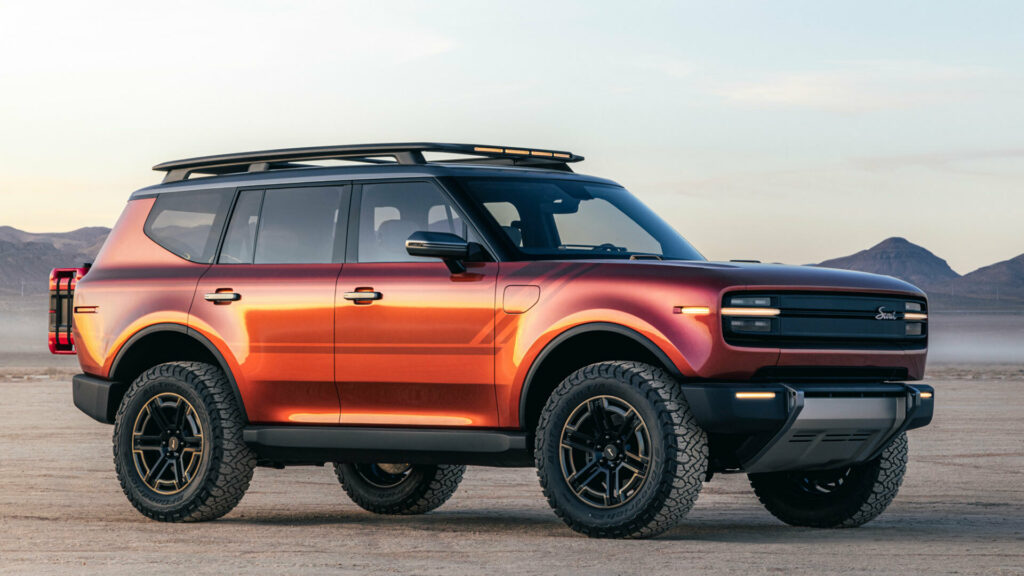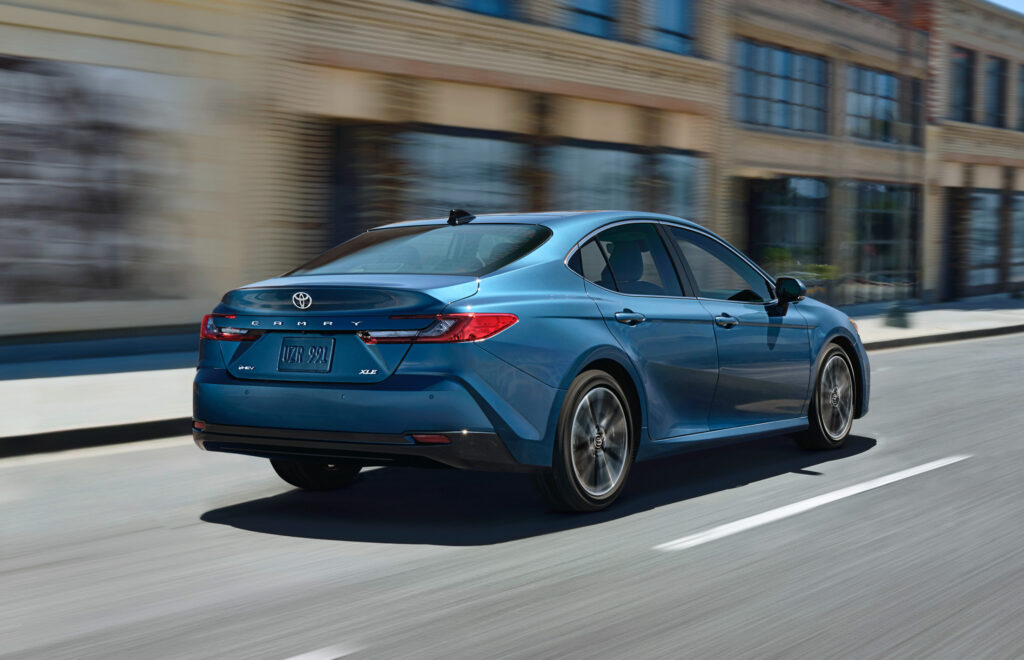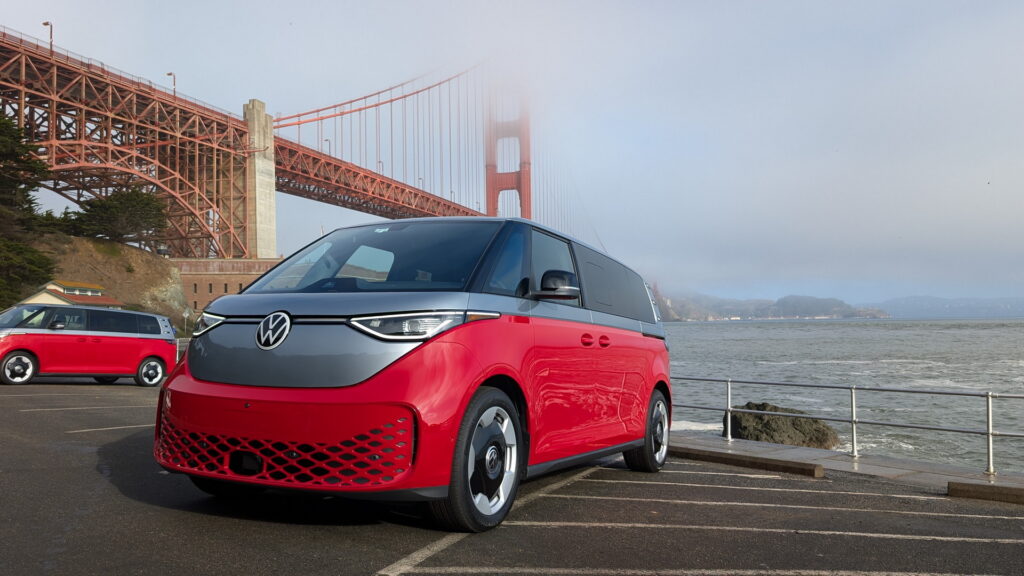GM Drops Another Half A Billion To Make More Gas Cars In America

- GM invests $550 million to boost U.S. output of gas-powered vehicles.
- Chevrolet Blazer production moves from Mexico to Spring Hill in 2027.
- Orion Assembly retools for Silverado, Sierra, and Escalade production.
General Motors is doubling down on its US operations with a fresh round of investment aimed at boosting local production of internal combustion models at its Ohio and Michigan plants. The automaker has announced $550 million in new spending as part of nearly $5.5 billion set aside for wider production expansion across its network.
Roughly $250 million of that sum is headed to GM’s Parma Metal Center in Ohio, a facility central to the company’s manufacturing backbone. The added funding will support higher output of sheet metal stampings and assemblies.
Currently, the Parma site produces more than 100 million parts each year and handles over 400 tons of steel daily. It supplies components for a wide range of GM vehicles built across North America, making it one of the company’s most productive operations.
Read: GM’s EV Plant Will Now Build The Gas Models People Actually Want
“Our commitment to Parma Metal Center isn’t just about upgrading equipment—it’s about investing in the people who make it all happen,” GM senior vice president of global manufacturing, Mike Trevorrow, said.
“Our manufacturing teams are the driving force behind GM’s success, and we’re committed to giving them the tools and training they need to excel in today’s advanced manufacturing world. When we invest in our workforce, we’re not only building great vehicles—we’re helping secure the future of American manufacturing.”

Other Investments
Beyond Ohio, GM is allocating $300 million to its Romulus Propulsion Systems plant near Detroit. The upgrade will expand output of the company’s 10-speed automatic transmissions, the same units found in its full-size pickups and SUVs.
Shifting consumer demands have forced GM to make significant production changes. Its Orion Assembly plant has been down since 2023 and was originally being retooled to build electric pickup trucks, but it will now instead handle production of gas-powered Chevrolet Silverado, GMC Sierra, and Cadillac Escalade models.
Looking further ahead, GM confirmed that production of the gas-powered Chevrolet Blazer will move from Mexico to its Spring Hill plant in Tennessee in 2027.
There, it will join the Cadillac XT5, Lyriq, and Vistiq on the production line, another sign that while GM’s electric future is still in motion, its gasoline-powered present remains very much alive.



























